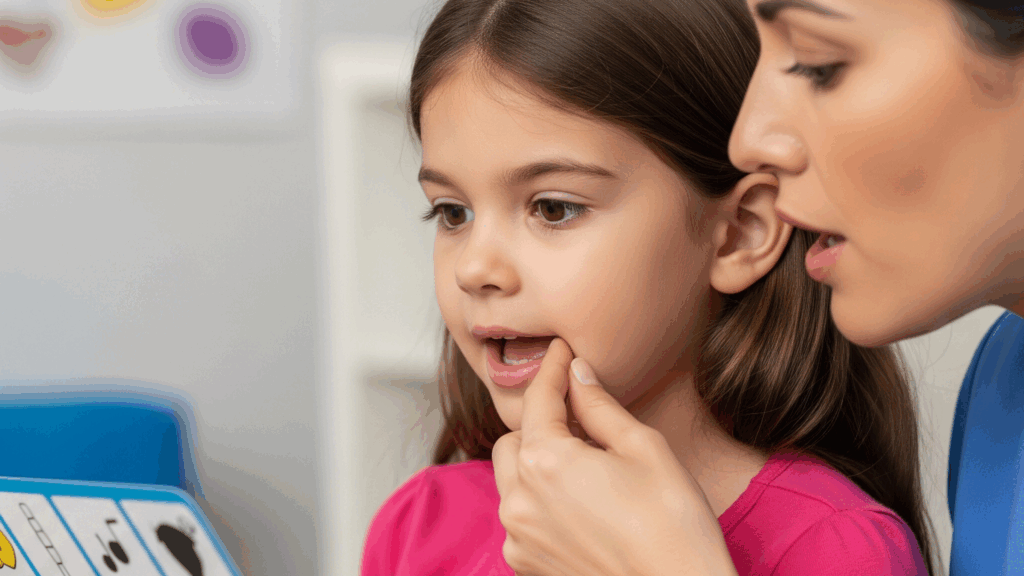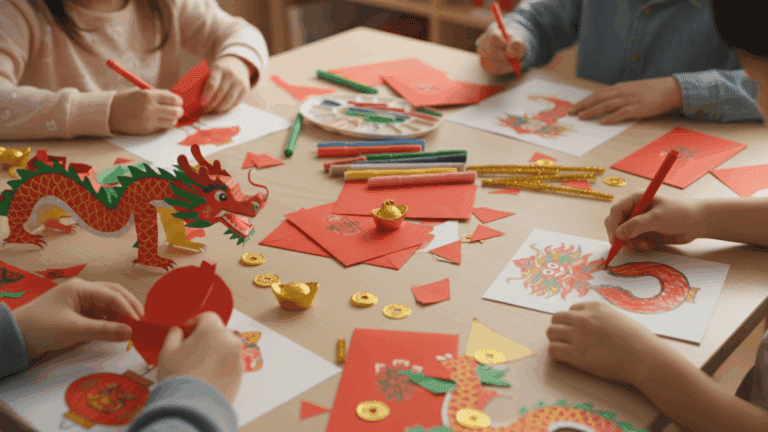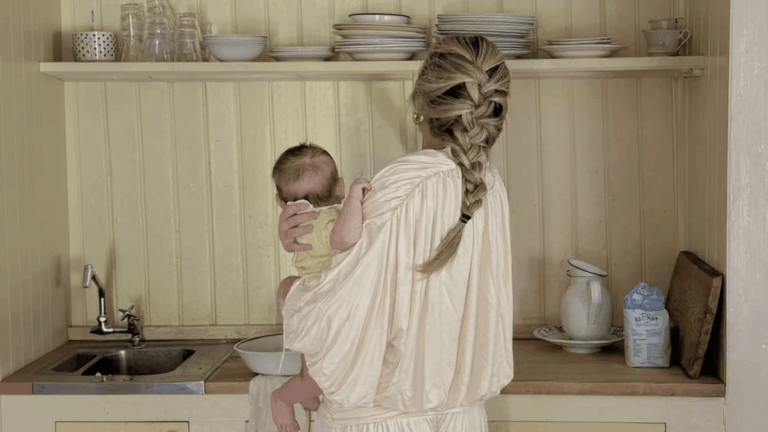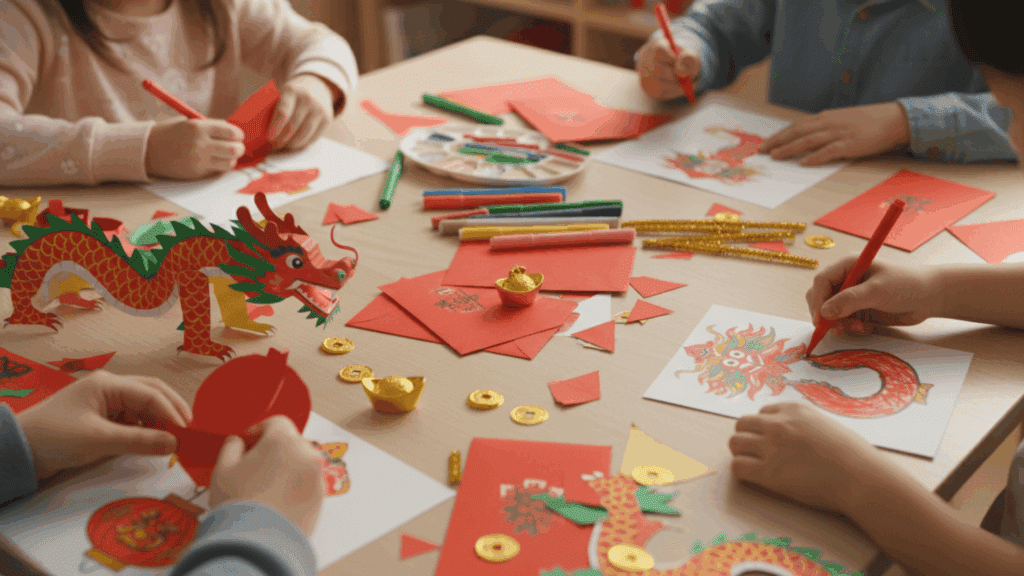Many individuals struggle with unclear speech that affects their daily interactions.
They avoid speaking up at work or social gatherings because communication feels frustrating and embarrassing.
Simple speech therapy exercises can improve clarity within weeks. These proven techniques help people retrain their speech patterns from home.
This blog shares practical exercises anyone can do independently. Clear communication and greater confidence are just practice sessions away.
Why Doing Speech Therapy Exercises at Home Helps?
Using speech therapy exercises at home gives children daily practice in a comfortable setting where they feel safe to try new sounds.
For many families, combining these activities with resources like a parents guide to AAC ensures they understand all the available tools to support communication. Home practice sessions cost nothing and fit easily into regular routines like bath time, car rides, or before bedtime.
Parents can identify speech challenges early and start helping right away, rather than waiting for problems to worsen.
Children often feel more relaxed at home, making them willing to practice sounds they might feel shy about in other places.
Regular home practice accelerates progress because children receive consistent support every day, rather than just during weekly therapy sessions.
These exercises also create special bonding time between parents and children while building important communication skills.
Helpful Speech Therapy Exercises
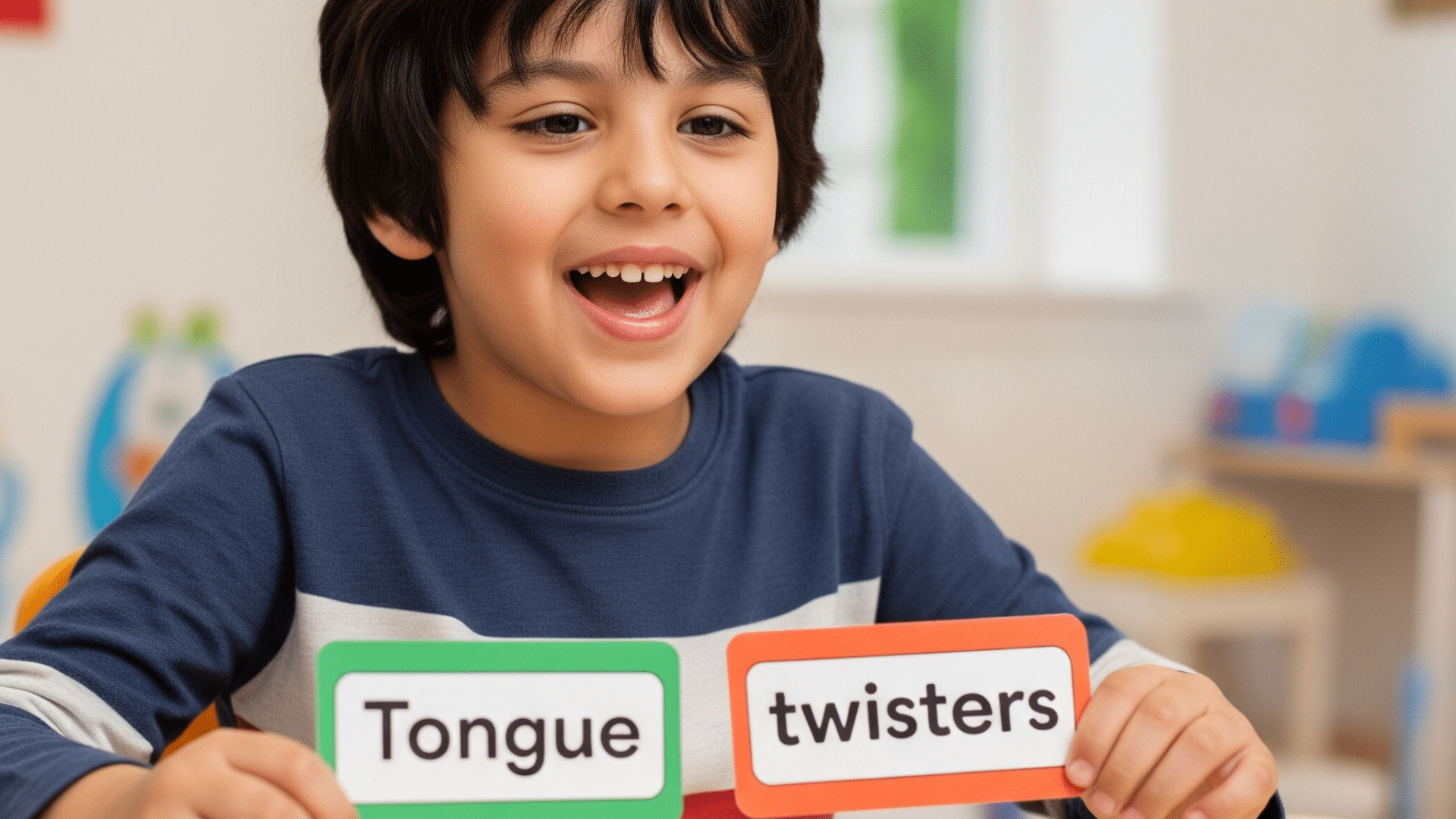
Simple activities that help children practice speech sounds, build mouth muscles, and improve communication skills through fun daily practice.
1. Blowing Bubbles
Children blow soap bubbles using bubble wands or straws. This activity strengthens the lips and teaches controlled breathing. Kids love chasing and popping the bubbles they create.
- Age: 2-5 years old
- Helps in: Builds lip strength and breath control needed for clear speech sounds.
2. Animal Sound Games
Kids make different animal sounds like “moo” for cows and “woof” for dogs. This exercise practices various mouth positions and sounds. Children can act out the animals while making the sounds.
- Age: 2-4 years old
- Helps in: Develops different mouth movements and sound production skills.
3. Tongue Twisters
Simple tongue twisters help children practice difficult sound combinations. Start with easy ones like “red truck” or “big bug.” Repeat them slowly at first, then speed up.
- Age: 4-6 years old
- Helps in: Improves tongue coordination and clarity of speech sounds.
4. Mirror Talk
Children sit in front of a mirror and practice making faces and sounds. They can watch their mouth move as they speak. This helps them see how sounds are made.
- Age: 3-6 years old
- Helps in: Provides visual feedback for proper mouth and tongue positioning.
5. Singing Songs
Simple nursery rhymes and songs help children practice rhythm and sounds. Songs with repetitive words work best for speech practice. Clapping along adds extra fun.
- Age: 2-5 years old
- Helps in: Develops rhythm, timing, and natural speech patterns.
6. Straw Activities
Children use straws to suck up small pieces of paper or blow cotton balls. They can also drink thick liquids like smoothies through straws. This builds mouth muscle strength.
- Age: 3-6 years old
- Helps in: Strengthens the lip and cheek muscles needed for clear speech.
7. Sound Hunt Games
Kids search for objects that start with specific sounds around the house or classroom. They say the sound and the name of the object when they find items. This makes learning sound fun.
- Age: 3-5 years old
- Helps in: Connects sounds with objects and improves sound recognition skills.
8. Whistle Practice
Children learn to make whistling sounds by puckering their lips. Start with simple “whoosh” sounds before trying actual whistles. This takes practice and patience.
- Age: 4-6 years old
- Helps in: Develops lip control and precise mouth positioning for speech.
9. Raspberry Sounds
Kids make “raspberry” or “motor boat” sounds with their lips. This silly exercise gets children giggling while working their mouth muscles. Let them be loud and playful.
- Age: 2-4 years old
- Helps in: Builds lip vibration skills and mouth muscle coordination.
10. Chewing Exercises
Children practice chewing motions with chewy foods like gummy bears or fruit snacks. They can also chew on safe teething toys. This strengthens jaw muscles.
- Age: 2-5 years old
- Helps in: Develops jaw strength and coordination needed for clear speech.
11. Echo Games
One person says a word or sound, and the child repeats it back. Start with simple sounds and build up to longer words. Take turns being the leader.
- Age: 2-6 years old
- Helps in: Improves listening skills and accurate sound reproduction.
12. Puppet Talk
Children use puppets to practice talking and having conversations. The puppet can “whisper” sounds into their ear to repeat. This makes speech practice feel like play.
- Age: 3-6 years old
- Helps in: Reduces pressure and makes speech practice more comfortable and fun.
13. Breathing Exercises
Kids practice deep breathing by pretending to smell flowers or blow out birthday candles. They can also blow feathers or tissue paper. This controls airflow for speech.
- Age: 3-6 years old
- Helps in: Teaches proper breath support essential for clear, strong speech.
14. Lip Smacking
Children make exaggerated lip-smacking sounds like they’re eating something tasty. They can pretend to eat different foods and make the sounds. This works the lip muscles.
- Age: 2-4 years old
- Helps in: Strengthens lip muscles and improves lip closure for speech sounds.
15. Tongue Exercises
Kids stick their tongues out, move them side to side, and touch their nose or chin. They can pretend to be lizards catching flies. This builds tongue strength and control.
- Age: 3-6 years old
- Helps in: Develops tongue flexibility and strength for accurate sound production.
16. Story Retelling
After reading a simple story, children retell it in their own words. Start with very short stories with clear pictures. Let them use the pictures as hints.
- Age: 4-6 years old
- Helps in: Builds vocabulary, sentence structure, and organized thinking skills.
17. Sound Games with Music
Children clap, stomp, or move to different sounds and rhythms. They can march to loud sounds and tiptoe to quiet ones. Music makes sound practice enjoyable.
- Age: 2-5 years old
- Helps in: Develops auditory processing and sound discrimination abilities.
Speech Therapy Exercises Tips that Actually Help
Simple daily activities that help children practice speech sounds and build communication skills in fun, natural ways.
- Start During Meal Times: Practice sounds while eating snacks or meals. Ask children to make “mmm” sounds when eating or to make animal sounds for different foods, such as “moo” for milk.
- Use Car Ride Time: Turn car trips into speech practice sessions with singing, sound games, or naming things outside the window. Traffic time becomes learning time.
- Make Bath Time Fun: Practice blowing sounds with bubbles, make silly voices for bath toys, or play echo games while washing. Water play keeps kids relaxed and happy.
- Include Speech in Play Time: Add speech exercises to regular play by having dolls “talk” to each other, making animal sounds during pretend play, or practicing sounds with toy phones.
- Create Bedtime Routines: End the day with simple tongue exercises, gentle humming, or quiet sound practice. This calm time helps children focus without distractions.
- Use Household Chores: Practice counting while folding laundry, make sounds while sorting items, or name objects while cleaning up toys. Daily tasks become speech opportunities.
- Keep Sessions Short and Sweet: Limit practice to 5-10 minutes at a time to avoid frustration. Multiple short sessions throughout the day are more effective than one long, tiring session.
The Bottom Line
Those first clear words from a child who once struggled to speak – there’s nothing quite like that moment for parents.
These speech therapy exercises give parents simple, effective tools that fit right into daily routines. Children build stronger communication skills through play, making progress feel natural and fun.
Every bubble blown, every animal sound made, and every silly face in the mirror add up to real improvement.
Ready to start helping your little one? Try one exercise today and see the difference. Comment below with which activity your child enjoyed most.


